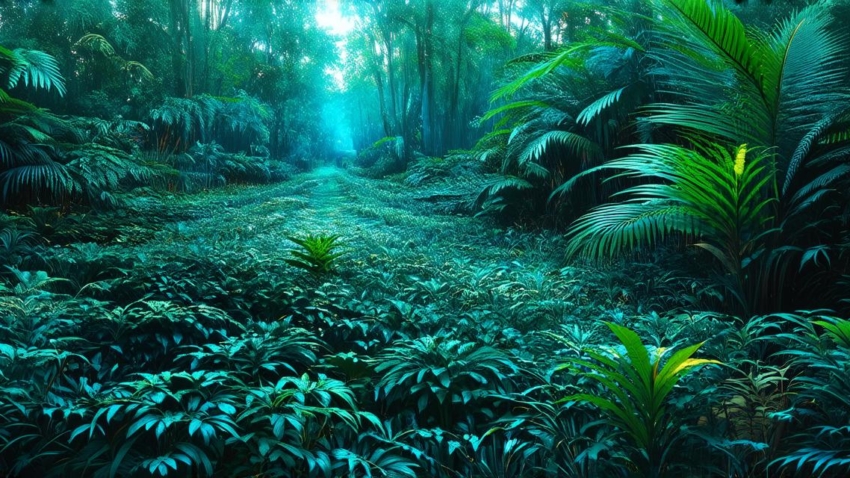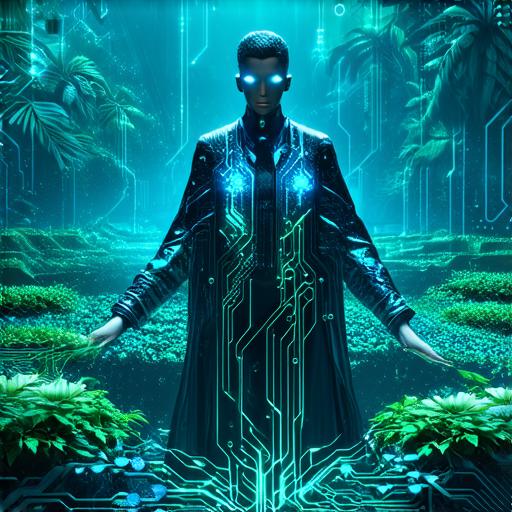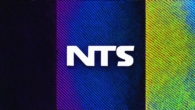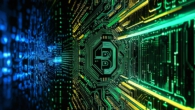
Is there a future for NFTs
Non-Fungible Tokens (NFTs) have been gaining immense popularity in recent years, particularly in the art world. They are unique digital assets that allow creators to monetize their work, while also providing ownership and authenticity of that work. However, with this newfound recognition comes questions about the future of NFTs.
This article aims to delve into the current state of NFTs, examine the potential applications for this technology, and explore the challenges and limitations of NFTs. By the end of this article, we hope that NFT developers will have a better understanding of the future of NFTs and how they can incorporate this technology into their projects.
Understanding NFTs: A Brief Overview
NFTs are digital assets that are unique and cannot be exchanged for other items of equal value, unlike cryptocurrencies. They were initially created as a way to tokenize art, but they have since found applications in various industries, including gaming, music, and sports.
The Rise of NFTs: A Case Study in Art
One of the most significant applications of NFTs has been in the art world. In 2021, Christie’s auction house sold its first piece of art as an NFT, marking a major milestone for this technology. This sale was followed by several other high-profile auctions, including the sale of "Beeple’s Everydays: The First 5000 Days" for $69 million at Christie’s in 2021.
These sales demonstrate the potential of NFTs as a way to monetize art and provide ownership to collectors. They also highlight the challenges associated with this technology, such as the potential for price manipulation and the need for regulation.
The Potential Applications of NFTs
NFTs have the potential to revolutionize many industries beyond art. Here are some examples of how NFTs can be applied:
Gaming
NFTs can be used in games as a way to create unique assets and provide ownership to players. This can include virtual items, such as weapons or skins, as well as collectibles that represent in-game achievements.
The use of NFTs in gaming also provides an opportunity for game developers to monetize their work. They can sell NFTs to players who want to own unique assets or collectibles, generating revenue for the company and providing value to the player.
Music
NFTs can be used to represent music as a unique digital asset. This can include audio files, sheet music, and even live performances. By tokenizing music, artists can monetize their work and provide ownership to fans who purchase their music.
This technology also has the potential to revolutionize the music industry by enabling artists to connect with their fans in new ways. For example, they could release exclusive content or merchandise to fans who own certain NFTs.
Sports
NFTs can be used in sports as a way to create unique collectibles and provide ownership to fans. This can include rare moments from games, such as game-winning shots or home runs, as well as exclusive access to events or merchandise.

The use of NFTs in sports also provides an opportunity for teams and leagues to monetize their work. They can sell NFTs to fans who want to own unique assets or collectibles, generating revenue for the team or league and providing value to the fan.
The Challenges and Limitations of NFTs
Price Manipulation
One of the main concerns about NFTs is the potential for price manipulation. Because NFTs are unique assets, they can be highly valued by collectors and speculators. This can lead to artificially inflated prices, as people buy and sell NFTs based on hype and speculation rather than genuine value.
Regulation
NFTs are still a relatively new technology, and there is currently limited regulation around their use. This lack of oversight can create confusion and uncertainty for both creators and collectors. There is also a risk that NFTs could be used for illegal activities, such as money laundering or tax evasion.
Accessibility
NFTs require access to blockchain technology, which can be expensive and complicated to set up. This can limit the accessibility of this technology to smaller creators and collectors who may not have the resources to invest in it.
Environmental Impact
The creation and storage of NFTs requires significant computational power, which can have a negative impact on the environment. The mining process used to create NFTs can be energy-intensive, contributing to carbon emissions and climate change.
The Future of NFTs: A Vision for the Next Decade
Increased Regulation
As the use of NFTs becomes more widespread, we expect to see increased regulation around their use. This will help to ensure that NFTs are used ethically and transparently, and provide clarity for both creators and collectors.
Integration with Other Technologies
NFTs have the potential to integrate with other technologies, such as virtual reality and augmented reality. By combining NFTs with these technologies, creators can create more immersive experiences for their fans and collectors.
Greater Accessibility
As blockchain technology becomes more accessible and user-friendly, we expect to see more smaller creators and collectors using NFTs. This will help to democratize the use of this technology and make it more accessible to a wider range of people.
Environmental Sustainability
We also expect to see efforts to make NFT creation and storage more environmentally sustainable. This could include the development of new technologies that use less energy or the adoption of green practices by companies involved in the NFT industry.
Conclusion
NFTs are a fascinating technology with significant potential for the future. They have already found applications in several industries, including art, gaming, music, and sports. However, there are also challenges associated with this technology that must be addressed, such as price manipulation, regulation, accessibility, and environmental impact. Despite these challenges, we believe that NFTs will continue to grow and evolve in the coming decade. By increasing regulation, integrating with other technologies, making it more accessible







